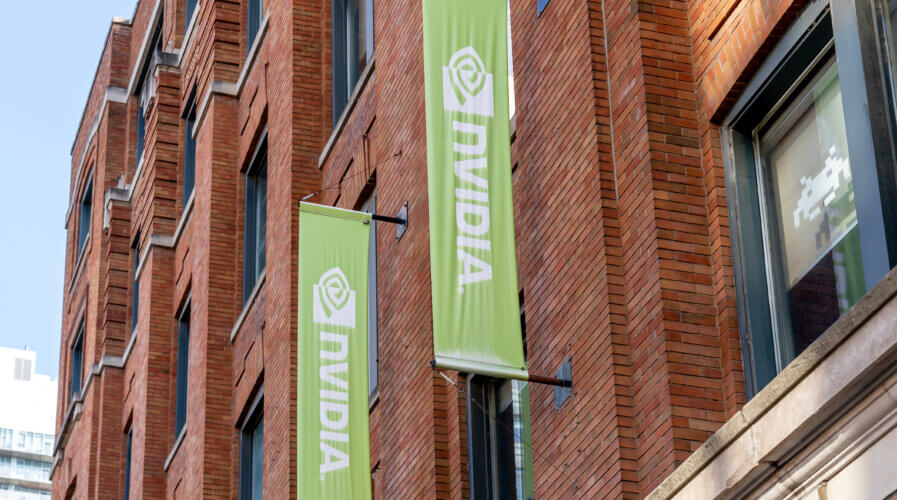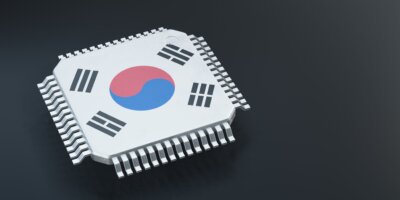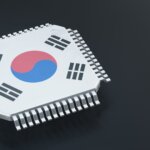
NVIDIA and Fujitsu team up to offer AI-on-5G solution for telcos
|
Getting your Trinity Audio player ready... |
- The telecommunications industry widely acknowledges the significance of AI in achieving energy-efficient and eco-friendly solutions, particularly in the 5G era.
- In collaboration with NTT DOCOMO, Fujitsu, and other partners, the hyperconverged all-in-one solution empowers telcos to offer immersive graphics, metaverse applications, and computer vision workloads from a single server.
Telcos see AI as a vital component of their investment roadmap in achieving energy-efficient and eco-friendly solutions, particularly in the 5G era. As 5G is poised to drive transformative changes across multiple industries, telcos are seeking ways to meet these expectations while maximizing their return on significant investments in capital, spectrum, deployment, and maintenance. NVIDIA’s announcement aligns with this vision by offering AI-driven solutions.
The industry broadly recognizes the importance of AI in telecoms. The International Telecommunications Union (ITU), the UN’s specialized information and communication technology agency, promotes the AI for Good initiative. Similarly, the AI for Impact initiative by GSMA brings together a task force of 24 mobile telcos and an advisory panel of 12 UN agencies and partners to promote AI in achieving the UN’s Sustainable Development Goals (SDGs).
According to NVIDIA’s State of AI in Telecom 2023 report, 95% of the respondents are engaged with AI, and 100% of them are among decision-making management respondents. Telcos have tested AI-enabled solutions for network operations, base station site planning, truck-routing optimization, and machine learning data analytics. To improve customer experience, some are adopting recommendation engines, virtual assistants, and digital avatars.
Telcos are seeking industry-standard solutions that can run 5G, AI applications, and immersive graphics workloads on the same server, including for computer vision and the metaverse. NVIDIA is developing a new AI-on-5G solution that combines 5G vRAN, edge AI, and digital twin workloads on an all-in-one, hyperconverged, and GPU-accelerated system to meet this need. The low cost of such a system could help telcos drive revenue growth in smart cities and the retail, entertainment, and manufacturing industries, supporting a multitrillion-dollar, 5G-enabled ecosystem.
The AI-on-5G system comprises several components, including Fujitsu’s virtualized 5G Open RAN product suite, created through the 5G Open RAN ecosystem experience (OREX) project led by NTT DOCOMO. It also features Fujitsu’s virtualized central unit (vCU) and distributed unit (vDU), along with other virtualized software functions of vRAN from Fujitsu.
The NVIDIA components include the Aerial software development kit for 5G vRAN, Omniverse for building and operating custom 3D pipelines and large-scale simulations, RTX Virtual Workstation (vWS) software, and CloudXR for streaming extended reality.
The hardware includes the NVIDIA A100X and L40 converged accelerators. This system underwent performance verification and evaluation tests with the support of OREX.
NVIDIA and Fujitsu’s partnership: Critical for AI solutions in the industry
Telcos heavily rely on partners for supplies, support, and expertise to develop infrastructure, run operations, and create services for customers. This includes AI, as many companies feel they must catch up in AI adoption. Therefore, it’s unsurprising that the need to engage partners is a common theme in the responses to AI surveys. Many companies report they are co-developing AI solutions with partners and prioritizing partnering with third-party consultants or software vendors to accelerate AI adoption.
Partnering with third-party companies also provides opportunities for telcos to create new services for customers at a lower investment cost and with the ability to scale quickly. NVIDIA’s announcement aligns with the objectives of the O-RAN alliance and OREX, which aim to develop 5G Open RAN solutions that are fully programmable, cloud-native, energy-efficient, commercially viable, and driven by AI. These solutions should also support multi-vendor integration and high-performance for public and enterprise 5G deployments.

NVIDIA and Fujitsu
According to Masaki Taniguchi, the senior vice president and head of mobile systems at Fujitsu, the company is offering a completely virtualized 5G vRAN coupled with multi-access edge computing on a single, adaptable, and scalable computing infrastructure. By utilizing AI and XR applications, telcos can provide services with ultra-low latency, optimized TCO, and energy-efficient performance.
The system combines GPUs to speed up the software-defined 5G vRAN, edge AI, and graphics applications, eliminating the need for specialized hardware accelerators or a particular telecom CPU. This guarantees that the GPUs can enhance the vRAN (using NVIDIA Aerial), AI video analysis (using NVIDIA Metropolis), streaming of immersive extended reality (XR) experiences (using NVIDIA CloudXR), and digital twins (using NVIDIA Omniverse).
“Telcos and their customers are exploring new ways to boost productivity, efficiency and creativity through immersive experiences delivered over 5G networks,” said Ronnie Vasishta, senior vice president of telecom at NVIDIA. “At Mobile World Congress, we are bringing those visions into reality, showcasing how a single GPU-enabled server can support workloads such as NVIDIA Aerial for 5G, CloudXR for streaming virtual reality and Omniverse for digital twins.”
By partnering with NVIDIA, telcos can tap into an extensive ecosystem of software vendors and applications, which can be utilized to meet the unique needs of different industries such as smart cities, retail, manufacturing, and mining.
READ MORE
- Safer Automation: How Sophic and Firmus Succeeded in Malaysia with MDEC’s Support
- Privilege granted, not gained: Intelligent authorization for enhanced infrastructure productivity
- Low-Code produces the Proof-of-Possibilities
- New Wearables Enable Staff to Work Faster and Safer
- Experts weigh in on Oracle’s departure from adland


